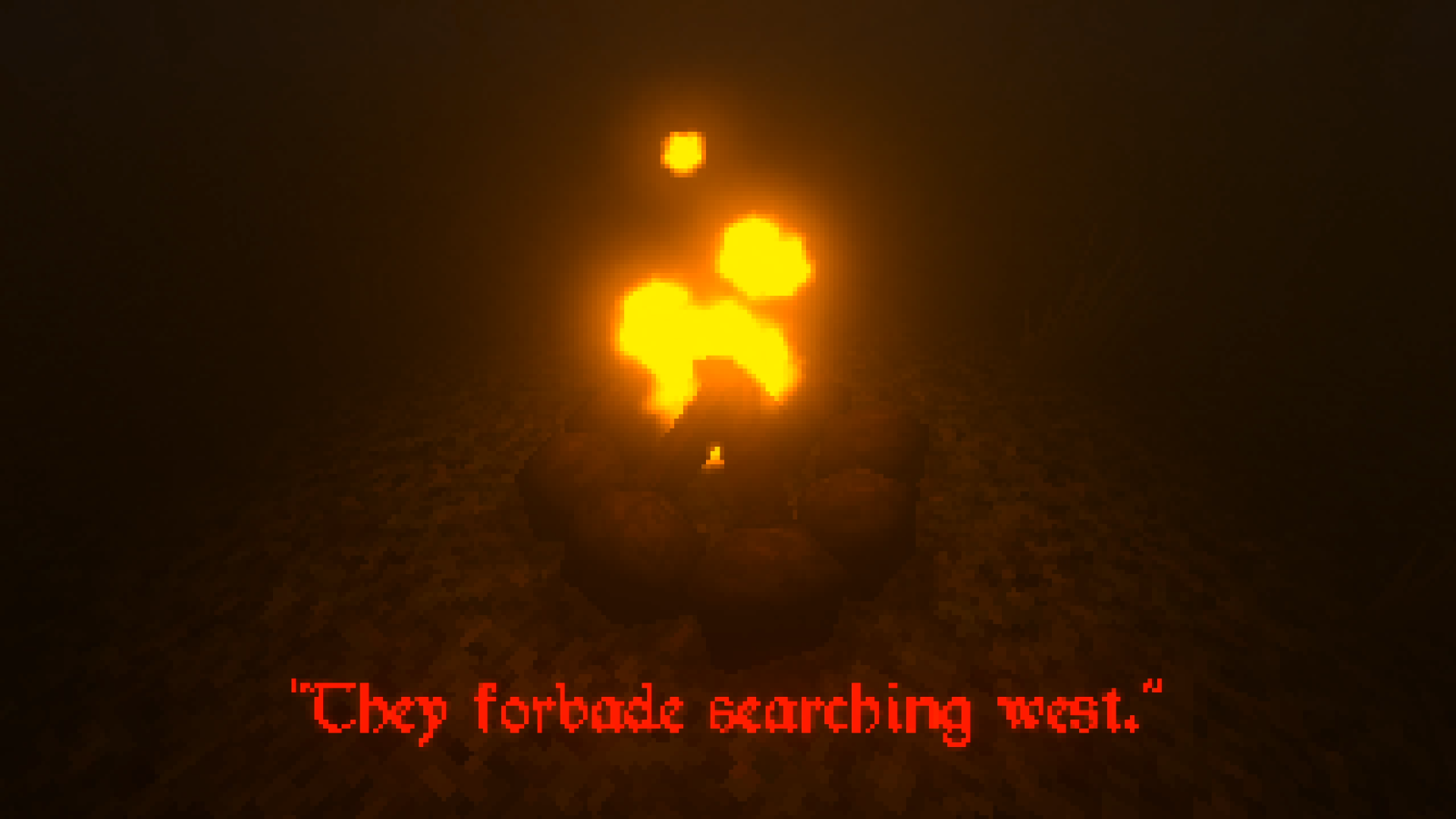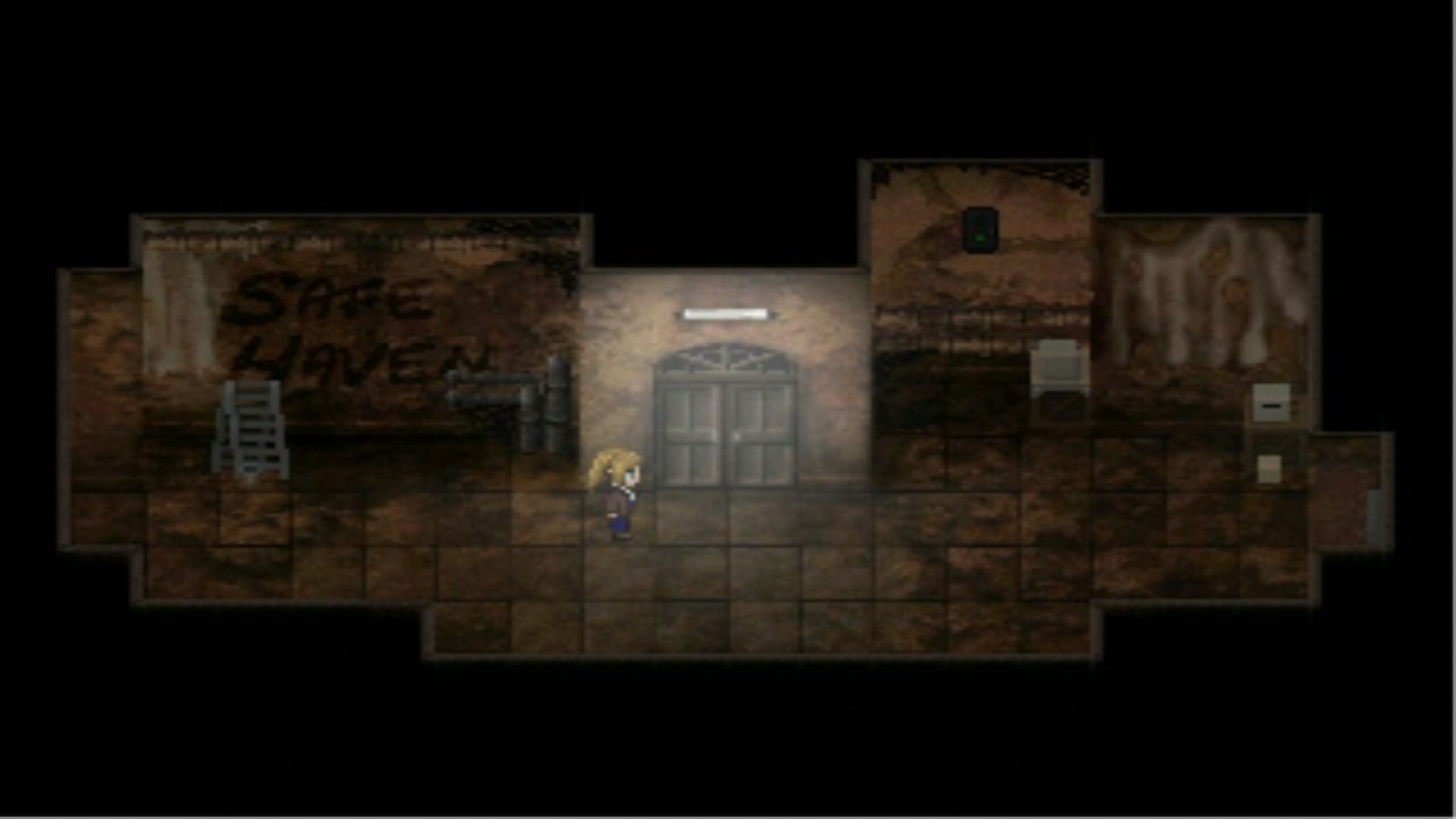Ultra-Indie Daily Dose: M. Stain In The Membrane
M. Stain is the story of a job interview. You play a person looking for a new career in the big city, and as luck would have it, the rich money baron M. Stain is hiring at his wealth dollar business. But the eccentricity of M. Stain goes far beyond what you may have expected coming into his office today. He’s got a lot of important questions for new hires, ones that could mean the difference between life and death and a better salary.
Conceptual Meta-Wank:

Do we take choices for granted? Or perhaps the lack thereof? A lot of games try to add elements of player choice to enhance the narrative. More often than not, choices don’t really change the outcome. No matter what you decide to do, all the same sequences of events will occur. So perhaps the benefit of giving players choices is not the outcome. Perhaps what we enjoy is the very act of making a choice.
Non-Wanky Game Recap:
The gameplay of M. Stain is a pretty standard walking simulator. You roam about and interact with various things in the environment. There’s not really any problem solving, more so just exploration until you find the next sequence. It’s like an old mill ride at an amusement park, except this one is full of weird shit.
The narrative paths you may choose make this game so fascinating. M. Stain is a game about making choices. The choices you encounter range from opting to sit in the left or right chair, to deciding whether or not to murder. But more often than not, the choices you’re presented with are just plain baffling.

What Works:
What works about M. Stain is that it’s bewildering. As previously stated, being given bizarre choices presented with an air of dire necessity creates a sense of disorientation. You have no way of knowing how choosing the left or right chair will affect the outcome. At the same time you’re attempting to mentally catalogue all the choices you’ve made in order to make sense of it all and use that arbitrary information to navigate the game safely. In that the experience of horror is amplified by the confusion.
On top of that, stylistically M. Stain is top notch. Developer Impostor Syndrome is an expert at creating worlds that are uncanny and unsettling. Even with low poly graphics, everything looks great. I especially loved the characters, each of whom are grotesque in their own way. Not only is the PS1 style great, but there are also some cutscenes reminiscent of the Fallout 2 animation style that are particularly unsettling. M. Stain is a beautiful game. This is the style most Haunted PS1 aspirants strive for.

What Doesn’t:
What doesn’t work about M. Stain is that players may not realize how unimportant the choices are. The choices are merely the interactive element to an otherwise straightforward game. Indeed, there are several endings, but these are determined by probably two or three out of the choices you make. And even the endings are quite similar.
This isn’t an issue on its own. M. Stain is a fantastic game and adding a touch of replayability is good. But to play through the game three times for three endings (or more, if the player assumes that there is more to be found), you are exposed to the same sequences over and over. Put your face too close to a painting and the colors start to lose meaning. The same thing happens here.Even a triple A title played back to back weakens the experience. Sometimes it would be better to let players sit with what they got. But then, how do you force a player to do that?
How To Fix It:
Obviously this isn’t a huge deal. Certainly not worth the effort to fix it, especially when you can look up “M. Stain all endings” on Youtube and save yourself a lot of time. But many titles with different endings let the player revert to a previous checkpoint in order to let them experience all the endings without much effort. Of course, M. Stain can’t easily do this because some of the choices that matter happen just a few minutes in. But it is worth considering what repeated consecutive playthroughs have on a game’s experience.

Wanky Musings:
M. Stain and Death Flush are among favorite indie horror titles from recent memory. Whereas Death Flush focuses more on suspense, M. Stain is mostly about observing the weird world in which you find yourself in. The often ridiculous choices you are forced to make magnify the experience tremendously. The illusion begins to waiver on subsequent playthroughs, especially if you play them back to back. But overall the game is a work of art. I’m looking forward to Impostor Syndrome’s future releases.
You can try M. Stain on itch.io by clicking here.




